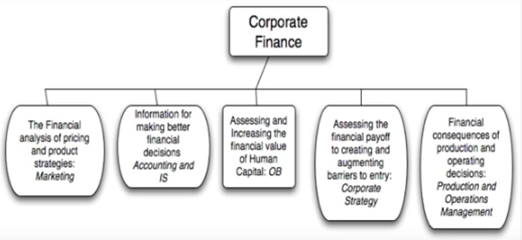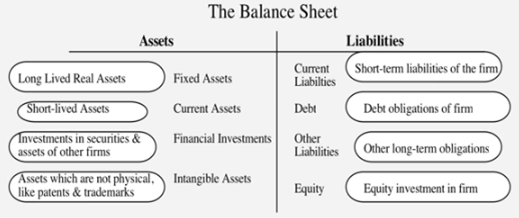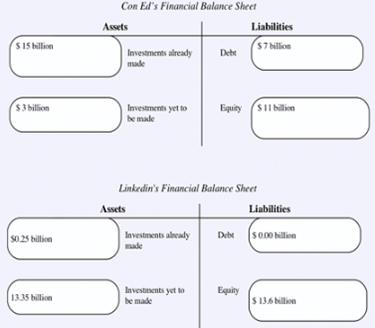Reading: Introduction to Corporate Finance
What
is Corporate Finance?

The
Traditional Accounting Balance Sheet

The
Financial View of the Firm

First
Principles & The Big Picture

Corporate
Finance is “Common Sense”
•There
is nothing earth shattering about any of the first principles that govern
corporate finance. After all, arguing that making a business investment that
yields 9%, while cost of financing the investment is 10%, which is better than
finance costs at 11%.
•Finance
managers should recognize if the cost of financing an investment is greater
than the return on the investment, then the firm should not make the
investment.
•Then
firm can then consider what next to do with the free cash flow. Choose another
investment option that is more advantageous for the firm, or return the excess
capital back to shareholders.
Corporate
Finance is Focused
Corporate finance focuses on maximizing
the value of a firm. As a result of the this singular objective finance
managers can:
•Choose
the “correct” investment strategy given various investment decision rules.
•Determine
the “correct” mix of debt and equity financing for a specific business
•Examine
the “correct” amount of cash that should be returned to shareholders and the
“correct” amount of cash to reserve in retained earnings.
The
Focus Changes Across the Life Cycle

Corporate
Finance is Universal
•Every
business, small or large, public or private, US or emerging market, has to make
investment, financing and dividend decisions.
•While
the constraints and challenges that firms face can vary dramatically across
firms, the first principles do not change.
- A publicly traded firm has greater access to capital markets and a more diversified investor base, may have a much lower cost of debt and equity than a private business, but both should look for the financing mix that minimizes their cost of capital
- A firm in an emerging market may face the greater uncertainty when assessing new investments than a firm in a developed market. Both firms should invest only if they believe they can generate higher returns on their investments than they face their respective, and very different hurdles.
- A publicly traded firm has greater access to capital markets and a more diversified investor base, may have a much lower cost of debt and equity than a private business, but both should look for the financing mix that minimizes their cost of capital
- A firm in an emerging market may face the greater uncertainty when assessing new investments than a firm in a developed market. Both firms should invest only if they believe they can generate higher returns on their investments than they face their respective, and very different hurdles.
Последнее изменение: вторник, 14 августа 2018, 08:36
